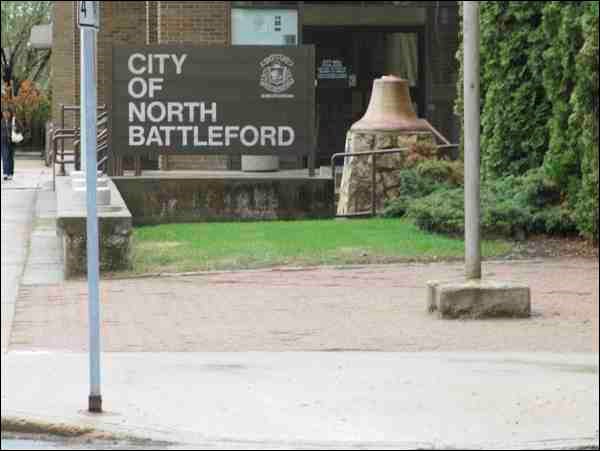SaskTel representatives were before North Battleford council Monday seeking approval to erect two new cellular antennas in the city.
The discussion over the two "stealth poles," as they were described, was a lively one. Despite some concerns expressed, SaskTel's discretionary use applications for the two new towers were approved by a 6-0 vote.
SaskTel is seeking to install the new antennas to enhance cell phone coverage in the city. In speaking to reporters following the meeting, Mayor Ian Hamilton said SaskTel was building the towers in response to the need.
"The need for data is just increasing astronomically," said Hamilton. "So yes, in order to provide service in demand for the city of North Battleford, we've agreed to erect the new towers, and we will co-operate into the future."
The "stealth towers" proposed are 14.9 metres in height. One was proposed to be located in the Centennial Park area while the other was being proposed for the right of way on 18th Avenue, 80 metres west of the lane in the 1800 block of 96th Street.
The proposed locations prompted discussion as Councillor Trent Houk wanted to know if alternative locations could be looked into. SaskTel officials reiterated these were the best locations for the proposed coverage.
Later in the meeting, City Planner Tim LaFreniere pointed out that if the poles were located in areas sub-optimal for coverage, that might mean the need for "additional infrastructure."
"The less efficient way to do it, the more of it we're going to have," said LaFreniere.
He noted four alternatives had been identified as locations within Centennial Park and it was administration's view they had found the "best compromise" for a location in that park. As for the 18th Avenue location, LaFreniere repeated comments made at the meeting earlier by SaskTel officials that moving the tower would make it less effective for providing coverage.
Hamilton acknowledged the location of the towers had been a concern at the meeting.
"But as the city planner explained to us, those obstacles already exist in a lot of park spaces whether it be telephone posts or land posts or anything," said Hamilton. "So they recommended we take that into consideration, and I believe we did."




